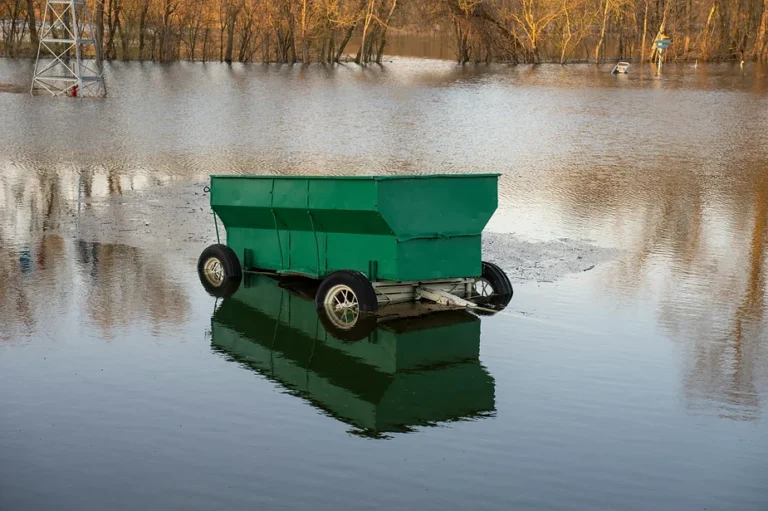Introduction
Natural disasters can leave your home in disarray, but once you and your family are safely out of harm’s way, one of the most crucial steps is filing a home insurance claim. With natural events like hurricanes causing billions of dollars in damage, starting the claims process promptly is essential to get your home repaired and your life back on track. Here’s a guide to help you navigate the process efficiently.
Contact Your Insurer Immediately
After the disaster, the first and most crucial step is to contact your insurance company as soon as possible. Time is of the essence when it comes to filing a claim. Insurance companies process claims on a first-come, first-served basis, so the sooner you file, the quicker your case can be handled.
Ensure you have your insurance policy information and contact numbers easily accessible, ideally as part of a disaster preparedness kit. Whether you’ve evacuated or stayed home, initiating the claim over the phone or online is critical. If you stayed home, mitigate any further damage before calling—including temporary repairs like covering a damaged roof or sealing broken windows.
Document the Damage
Once you contact your insurance provider, they’ll eventually send an adjuster to inspect your home. In the meantime, it’s vital to document the damage thoroughly. Take photos and videos of all affected areas inside and outside your home. Make a detailed log of everything damaged or lost due to the disaster. This will serve as evidence when it comes time to align your record with the adjuster’s formal assessment.
Accurately documenting the damage ensures you have a solid foundation in case there’s a dispute over what the insurance company will cover. The more precise your documentation, the smoother the claims process will be.
Keep Your Receipts
After a disaster, homeowners are responsible for preventing further damage to their property. This could involve making temporary repairs, such as covering holes in the roof or boarding up windows. Keep all receipts for materials or services used for these repairs. Your insurance company will likely reimburse you for reasonable expenses to prevent additional damage.
However, be aware that preventative measures taken before the disaster, such as buying plywood to board up windows in preparation for a storm, may not be covered under standard policies. If you’re unsure, be sure to clarify this with your insurer.
Keep detailed records of expenses, including contractor invoices and material costs, as you begin the repair and rebuilding process. These receipts will help ensure you are reimbursed accurately for the work done to restore your home.
Filing a Home Insurance Claim After Multiple Disasters
It’s also essential to file your claim immediately if your home has sustained damage from consecutive disasters. Differentiating between the causes of damage is critical, especially if more than one event has affected your home in a short period. For example, if your home suffered wind damage from one hurricane but floods from another, filing your claims promptly can help prevent confusion over what event caused which damage. This is particularly important when dealing with different types of coverage, such as standard home insurance for wind damage versus a separate policy for flood damage.
Being Proactive Can Save You a Lot of Trouble
Filing a home insurance claim after a natural disaster can feel overwhelming, but being proactive and organized can significantly ease the process. Start by contacting your insurer immediately, document all damages thoroughly, and keep a record of any repairs or expenses incurred. By staying on top of the claims process, you can help ensure that your claim moves through the system more smoothly, allowing you to focus on rebuilding and moving forward.



